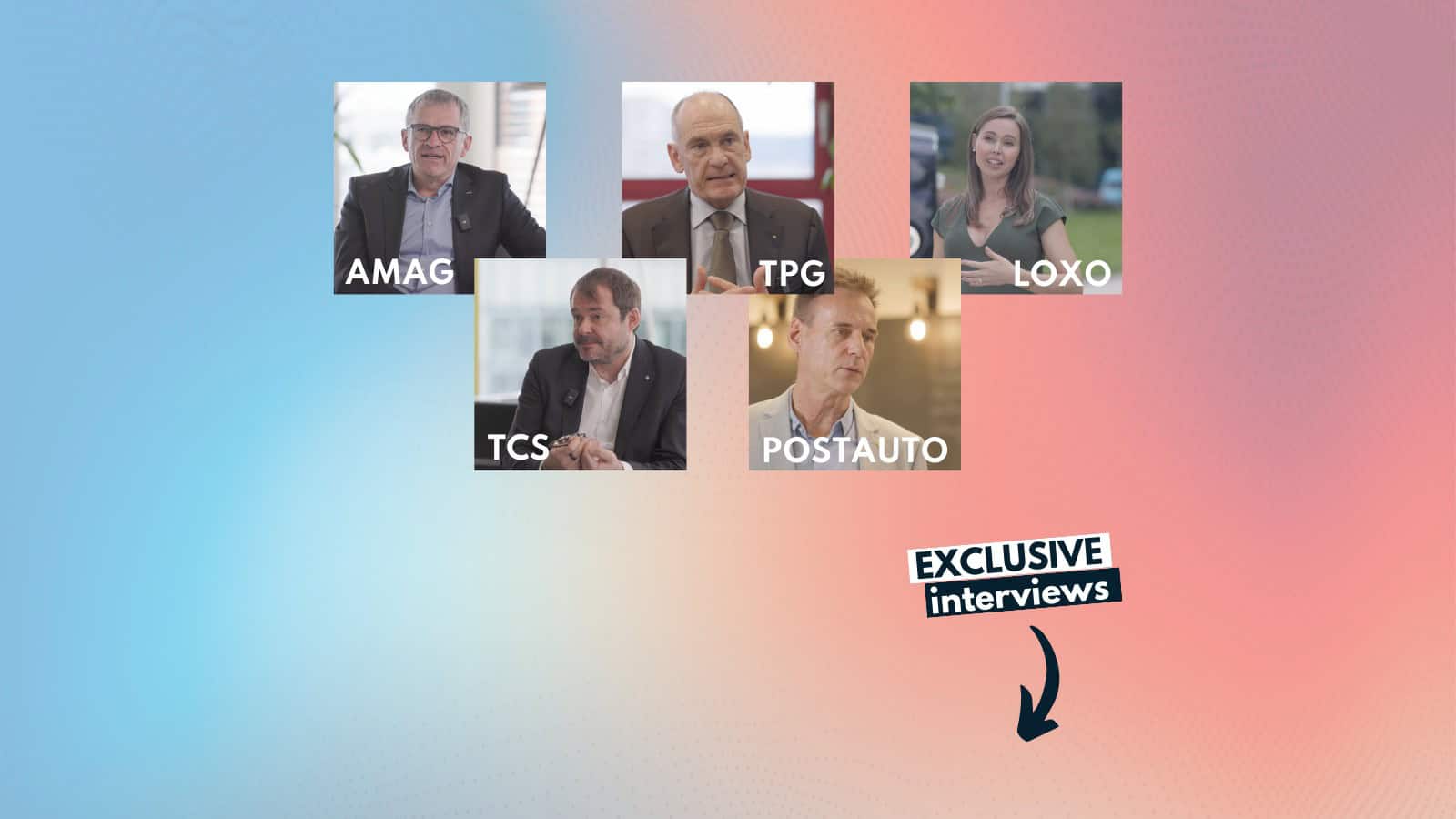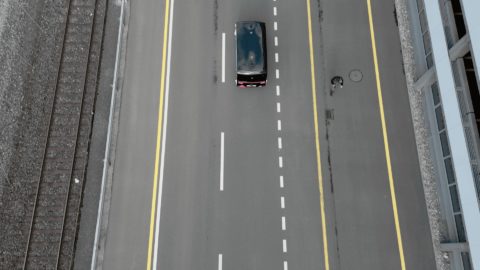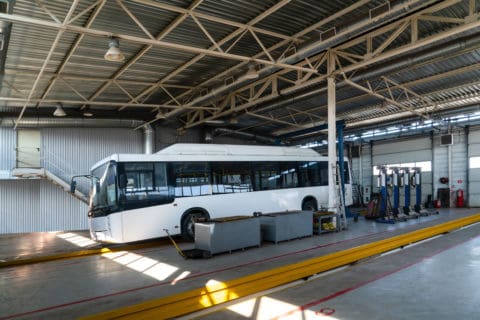Autonomous mobility is set to revolutionize transportation
While full implementation timelines remain uncertain, its integration into our transport systems is inevitable. SAAM’s role is to advocate for this technology, ensuring that all relevant parties are coordinated and prepared for the future of mobility.
What role does automated mobility play for you and your company?
Helmut Ruhl (AMAG Group): Semi-autonomous systems have already significantly improved driving safety. Over the past 50 years, serious accidents have decreased by 80%. Fully autonomous systems are now paving the way for the vision of accident-free driving to become a tangible reality.
Jürg Wittwer (TCS): Automated mobility represents a revolution on par with the introduction of the train, airplane, or car in the last century.
– Computers are less error-prone than humans, enhancing traffic safety significantly.
– Computers process information much faster than humans, allowing cars to follow each other more closely without the need for red lights.
– Vehicles will communicate with each other to determine right of way, fundamentally changing our modes of transportation.
Christian Plüss (PostAuto): There is great potential for rural areas to benefit from autonomous driving technology. It can improve feeder services to important transport hubs like train stations or bus stops. The introduction of smaller, autonomous vehicles could lead to more frequent and flexible services for customers, revolutionizing public transport with affordable, on-demand options.
How will public transports and individual transports evolve together in the future?
Jürg Wittwer (TCS): Currently, there is a competitive dynamic between public transportation and individual motorized transport. However, the distinction between them blurs with services like taxis, which straddle the line between public and private transport. The advent of autonomous cars will further blur these distinctions until they potentially disappear altogether.
What is the ecological impact of the autonomous shuttle?
Jürg Wittwer (TCS): Automated shuttles, being smaller, can make the public transport network denser and reduce empty runs, thus benefiting the environment. For instance, replacing a 40-seater bus that runs empty with smaller, automated shuttles during low-demand times could significantly reduce waste.
What are the next steps towards the implementation of automated mobility?
Christian Plüss (PostAuto): Looking ahead, we aim to select pilot regions to integrate these services into the regular transport schedule and make them accessible to customers.
What are your requests to policymakers on autonomous mobility regulations?
Denis Berdoz (TPG): The political framework for automated mobility must be adaptable, taking into account technological advances and creating a conducive legal environment for tests.
Lara Amini (LOXO): In Switzerland, it is crucial to avoid a patchwork of regulations across its 26 cantons. A unified approach would ensure that autonomous driving can develop efficiently nationwide.
What is SAAM’s added value for you?
Christian Plüss (PostAuto): SAAM plays a vital role in this context by facilitating the exchange of information and experience among stakeholders, thus fostering a more integrated market approach in Switzerland.
Jürg Wittwer (TCS): SAAM’s role is to advocate for this technology, ensuring that all relevant parties are coordinated and prepared for the future of mobility.



